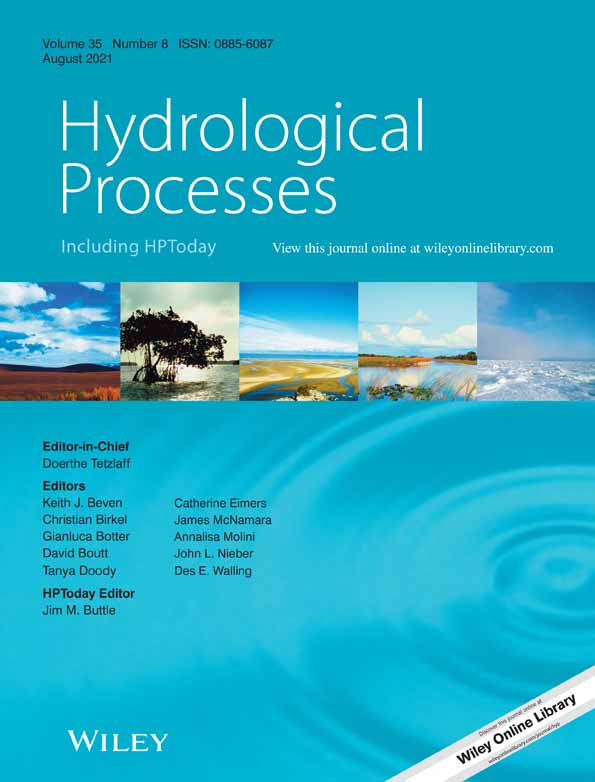Detailed streamflow data for understanding hydrologic responses in the Logan River Observatory
Abstract
The Logan River watershed, located in Northern Utah, USA, consists of a relatively pristine, mountainous area that drains to a lower elevation, valley area influenced by both urban development and agriculture. The Logan River Observatory has been collecting aquatic (streamflow and water quality) and climate data throughout the Logan River watershed since 2014. While streamflow measurements are commonly made at the outlets of research watersheds, the Logan River watershed consists of diverse hydrologic, topographic, and geologic settings that require a detailed understanding of streamflow variability over time at many locations. Here, we illustrate: (a) the importance of collecting streamflow time series throughout complex watersheds, and (b) how simple flow balances can provide much needed hydrologic insight into the locations and timing of gains and losses over reaches to guide future investigations.
Open Research
DATA AVAILABILITY STATEMENT
All LRO data are available at http://lrodata.usu.edu. Visitors to the site can click on any of the aquatic site names, which will direct them to a details page for that site. On the site details page there are links to “Download Raw Data” or “Download Quality Controlled Data” to be rerouted to the HydroShare resource containing all available data for that site. An additional option is the “Explore Rating Curve” link where detailed information regarding rating curve development, including the individual streamflow measurements used for each location, is provided.




